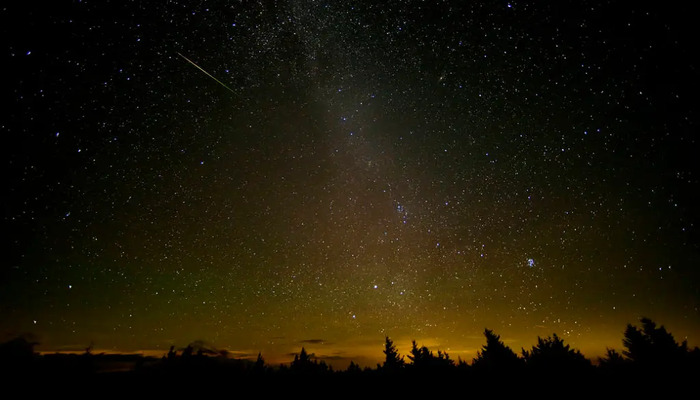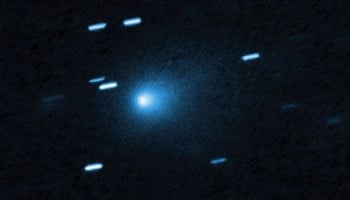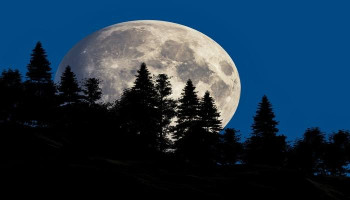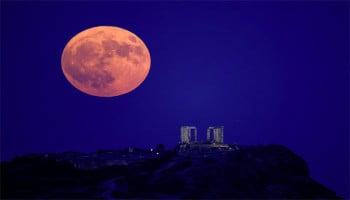
The Eta Aquariids meteor shower, one of the highlights of 2024's celestial events, has already begun and is set to continue until late May. This annual shower occurs when Earth passes through the debris left behind by Comet 1P/Halley, resulting in a spectacular display of shooting stars streaking across the night sky.
With its peak expected on the night of May 4–5, stargazers may expect to see up to 50 meteors per hour, although the typical range is between 10 and 30 per hour.
The Eta Aquariids meteor shower is caused by dust and debris from comet 1P/Halley, making it one of the three meteor showers in 2024 that will peak with minimal moonlight.
What makes the Eta Aquariids particularly noteworthy this year is the minimal moonlight during the peak period. With the new moon occurring just a few nights after the peak, the sky will be relatively dark, providing optimal conditions for viewing the meteor shower. This is in contrast to last year, when the full moon overshadowed the spectacle, making it challenging to observe the shooting stars.
Photographic enthusiasts can also capture the beauty of the Eta Aquariids by setting up a camera equipped with a wide-angle lens. By adjusting the camera settings and using continuous mode, they can capture stunning images of the meteor shower as it unfolds.
For those excited to witness the meteor shower firsthand, finding a dark location away from city lights is key. Rural areas or designated Dark Sky Parks offer the best viewing conditions. It’s also essential to give your eyes time to adjust to the darkness, avoiding the use of electronic devices that can disrupt night vision.
















